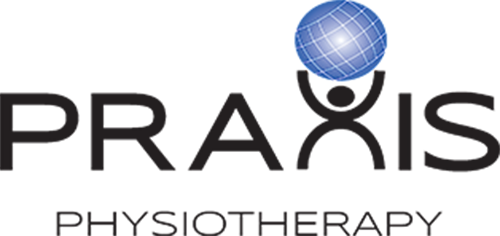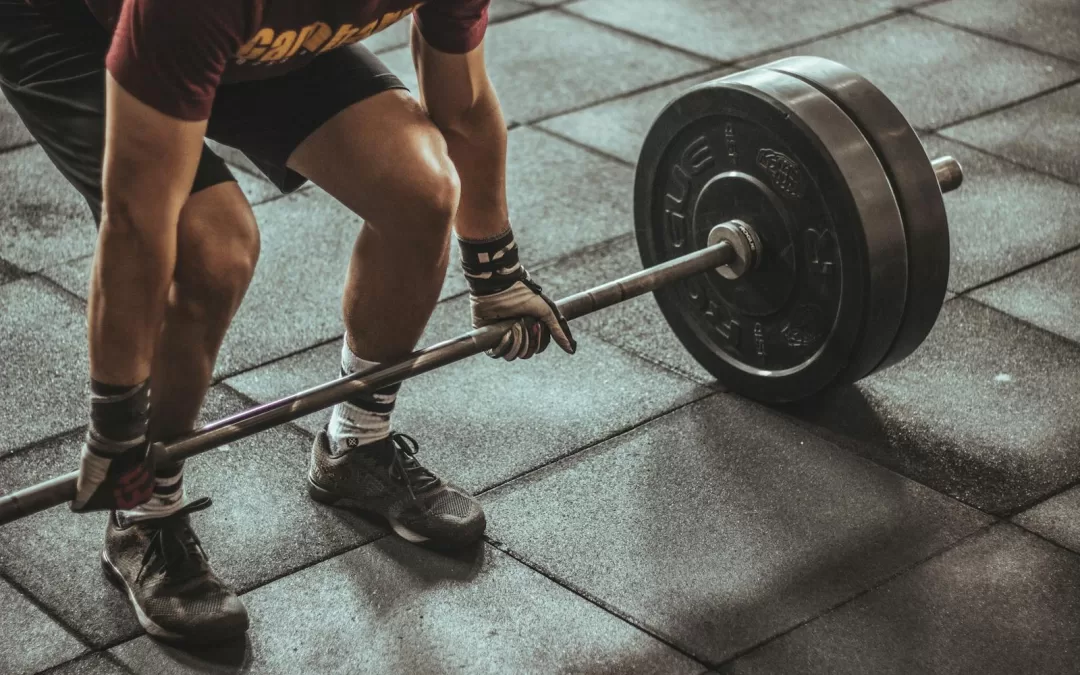The age old question: What’s the best gym activity for my sport? Well – the answer should always be “it depends”. Even the same athlete playing the same sport will have different requirements at different parts of a season. Generally speaking, there are some common exercises in utilised by strength coaches when programming for athletes. The split squat, squat, and deadlift are all compound exercises that target various muscle groups and are commonly included in strength training programs. In today’s Praxis What You Preach article, we are going to breakdown the kinematic (joint angles) and inverse dynamic (joint forces from assumed joint angles) differences between these exercises. We’ll also briefly discuss what sports may benefit, but as just mentioned, the answer is “it depends”.
The Split Squat
The split squat is a unilateral lower body exercise that primarily targets the quadriceps, hamstrings, glutes, and hip stabilisers. It is a personal favourite of mine as I believe it replicates many athletic positions and helps identify any asymmetries there may be. In this exercise, you start in a staggered stance with one foot forward and the other foot positioned behind. The front leg performs most of the work, while the back leg provides support.
The Movement
- The front knee flexes and extends, moving vertically.
- The rear leg remains relatively stationary, providing balance and stability.
- The hip joint of the front leg moves through flexion and extension.
What’s working?
- The front leg experiences greater joint forces and moments due to supporting most of the load.
- The knee extensors (quadriceps) and hip extensors (glutes) generate the majority of the force to extend the knee and hip joints.
- The rear leg primarily acts as a stabilizer rather than generating significant force.
Sports?
The split squat is a versatile exercise that can benefit individuals participating in a wide range of sports. Running, jumping and change of direction field sports such as AFL and soccer seem to benefit well due to the asymmetrical load on the pelvis. The increased loading of the hip stabilising muscles make this a useful exercise for tennis players, volleyballers and track and field (eg triple jumpers) athletes as well.
The Squat
An absolute staple of the gym! The squat is a bilateral lower body exercise that primarily targets the quadriceps, hamstrings, glutes, and lower back muscles. For the sake of this argument, talking about a Barbell back squat. It involves descending into a squatting position while maintaining a relatively upright trunk and then returning to a standing position.
The Movement
- The hips and knees flex simultaneously, moving in a coordinated manner.
- The knees move forward, tracking over the toes
- The torso tilts forward slightly, maintaining a neutral spine but a bit of flex here is fine (and biomechanical studies show you can’t not flex the spine)
What’s Working?
- The quadriceps, hamstrings, and glutes generate force to extend the hips and knees during the ascent phase.
- The erector spinae and other lower back muscles provide stabilization and contribute to maintaining an upright posture.
- The knee extensors (quadriceps) experience higher forces and moments during the descent and ascent phases.
Sports?
Squats help with vertical force generation so jumping sports like basketball and volleyball are sports that would benefit. The Barbell back squat is also central in powerlifting, olympic lifting and Crossfit. Given you can load significant weights to the bar, back squats are also useful for football codes whe are required to absorb impacts during tackles.
The Deadlift
The deadlift is a bilateral exercise that primarily targets the posterior chain, including the glutes, hamstrings, erector spinae, and upper back muscles. It involves lifting a loaded barbell or other weight from the floor while maintaining proper form.
The Movement
- The hips hinge backward, allowing the torso to lean forward while maintaining a neutral spine.
- The knees flex to a lesser extent compared to the squat.
- The barbell moves vertically in a straight line close to the body.
What’s Working?
- The glutes, hamstrings, and erector spinae generate force to extend the hips and maintain a neutral spine.
- The quadriceps contribute to knee extension.
- The upper back muscles help stabilize the spine and prevent excessive forward flexion.
- The lower back muscles experience significant forces and moments due to their role in maintaining spinal alignment.
Sports?
Powerlifting, Olympic lifting and Crossfit are the obvious ones that spring to mind. But tackling sports such as rugby can benefit. Given the predominance of back musculature, rowers will benefit here. Wrestlers and MMA athletes will also benefit due to the whole body nature of a deadlift.
Overall, while all three exercises involve lower body movements, they differ in terms of joint angles, muscle activation patterns, and force distribution. Understanding these differences can help tailor training programs to specific goals and individual needs. We also modify these exercises further to tailor our rehabilitation needs, In that vein, it’s important to be conscious of technique when performing these exercises to maximise their effectiveness and reduce the risk of injury.
So if you are growing stale in your lower body workouts, try and mix it up with some of the above. There are also plenty of variations of the above to alter the movement and forces even more! If you are after some help to modify your gym program, chat to us today – we are here to help!
Until next time, Praxis What You Preach…
📍 Clinics in Teneriffe, Buranda, and Carseldine
💪 Trusted by athletes. Backed by evidence. Here for everyone.

